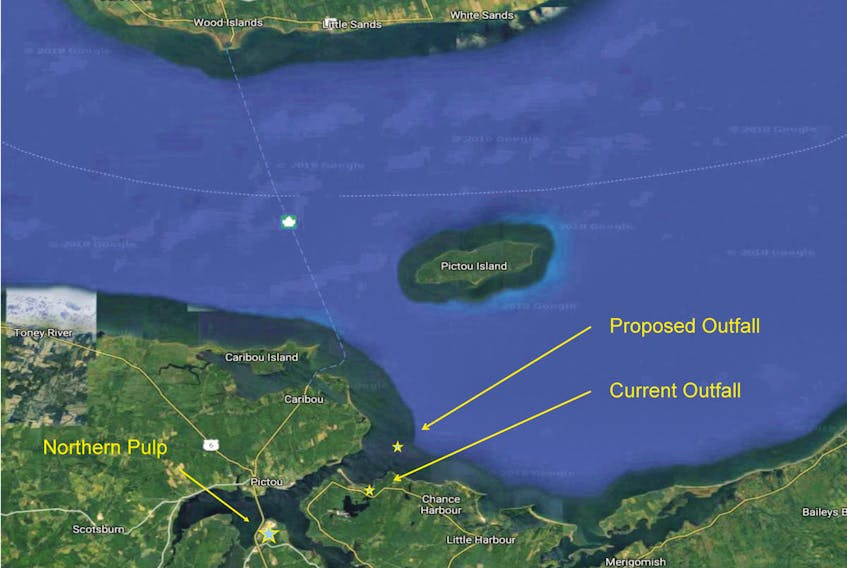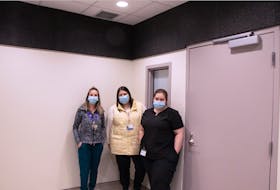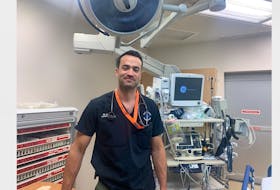When Northern Pulp’s new effluent treatment facility is operational (by January 2020), the only significant changes will be ones that improve its environmental impact on the area. This includes the new treatment facility and submerged outfall and diffuser, which is designed to meet the Canadian Council of Ministers of the Environment (CCME) guidelines for effluent discharges.
“The new outfall is designed so the effluent will be diluted 100:1 by the time it reaches the surface of the Northumberland Strait’s waters. It must meet background conditions as outlined by CCME — in other words, at the end of the 100-metre mixing zone background concentrations are met and the plume colour will not be visible,” says Terri Fraser, technical manager, Northern Pulp.
The current effluent treatment system is a biological ASB (aerated stabilization basin) system while the proposed new effluent treatment system will also be a biological system: it will be an activated sludge treatment (AST) system.
There are 131 Kraft mills operating in North America; 20 per cent operate AST systems, while 80 per cent operate ASB systems. In both countries, no other treatment process is used to treat Kraft mill effluent.

“Existing effluent flows over a six-foot wide dam at the end of the Boat Harbour Basin into the Northumberland Strait,” says Fraser. “It is fresh water and warmer than the seawater, so it enters the strait as a visible plume that floats on top of the salt water and does not mix well. It often travels considerable distances before it mixes with the background waters.”
Another improvement, according to Fraser, is that there will be an engineered outfall, using a six-port diffuser that will disperse effluent released into the mixing zone. Currently, there is no diffuser before the system discharges into the Northumberland Strait.
In Kraft mill effluent, such as that of Northern Pulp, nutrients (nitrogen and phosphorous) are added to improve the breakdown of organic materials in the wastewater. Nutrients can lead to algae growth and oxygen depletion in water bodies that don’t experience good flow dynamics (such as still waters). The new activated sludge effluent treatment system will discharge fewer nutrients, thus reducing environmental impact, according to Fraser. This is slightly different from a municipal effluent treatment facility, where nutrients are naturally present in the effluent and oftentimes need to be removed prior to discharge into a water body.
In the mill itself, Northern Pulp will introduce a significant process change before the bleaching stage. This $70-million project will considerably reduce the need for bleaching chemicals by 30 to 40 per cent to whiten the pulp as it progresses through the system. The process is called oxygen delignification and is often referred to as oxygen bleaching.
Fraser adds that right now, there are fishing grounds reasonably close to the existing outfall. The new system will make it so that the treated effluent, in part due to planned in-mill improvements, will be of better quality with a smaller environmental footprint than what is currently in place.
The current treatment facility is off-site at Boat Harbour, while the new effluent treatment facility will be on-site. This is significant as untreated effluent will no longer be transported in a pipeline leaving the mill site after the new system is operational.
Northern Pulp will be completing additional studies to understand the sensitivities in the proposed route and will ensure that these sensitivities, should they arise, are taken into consideration in the plan that will be submitted to the Department of Fisheries and Oceans. Studies conducted will be made available via the project website at www.northernpulpfuture.ca via the Project Materials tab. “We encourage anyone with interest to review the documents and details found on the website and welcome feedback,” states Fraser.
Northern Pulp and owner Paper Excellence are fully committed to undertaking all measures within their ability to ensure this new treatment facility is in operation by January 2020.









